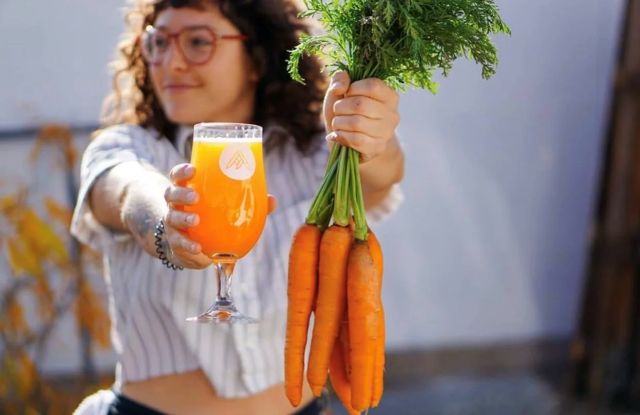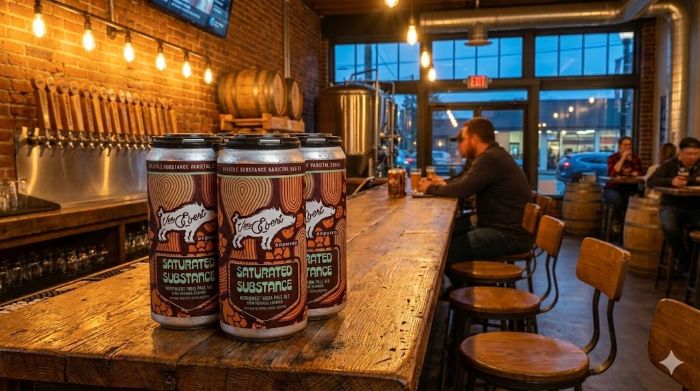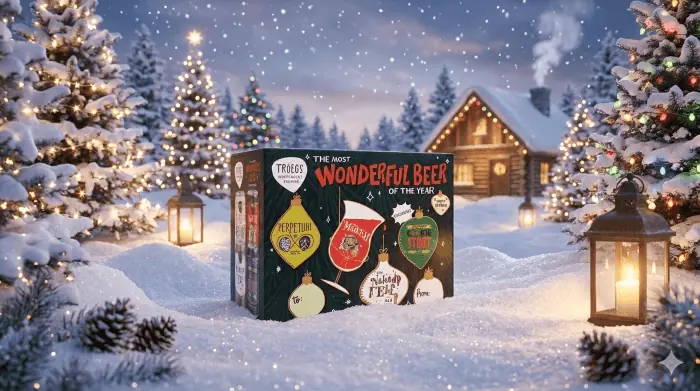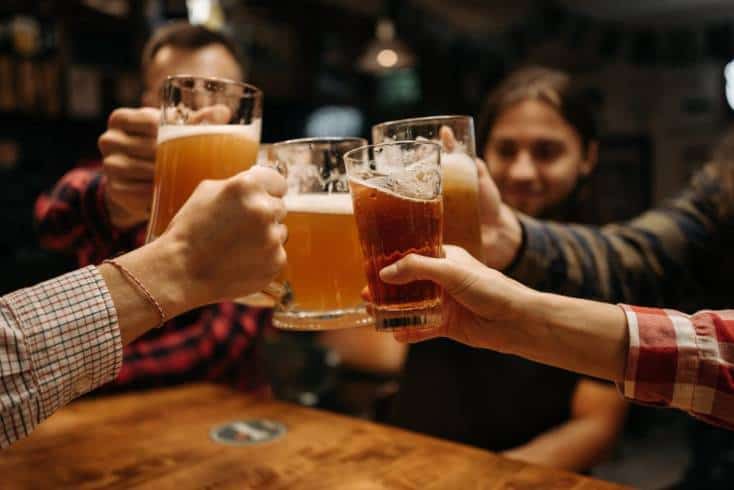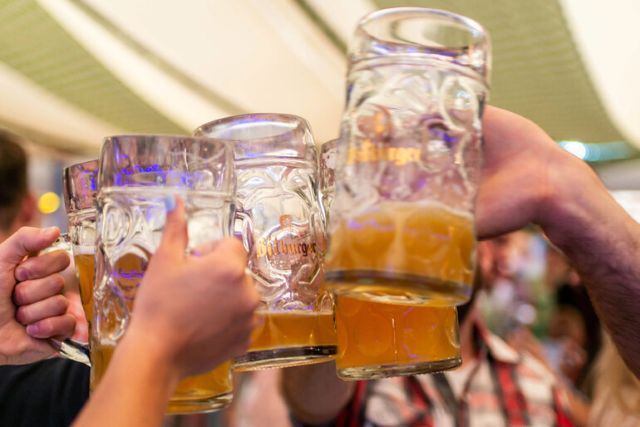Turning Brew Byproducts Into Bread & Bars: Food Waste Cycling In Breweries
Turning Brew Byproducts Into Bread & Bars: Food Waste Cycling In Breweries
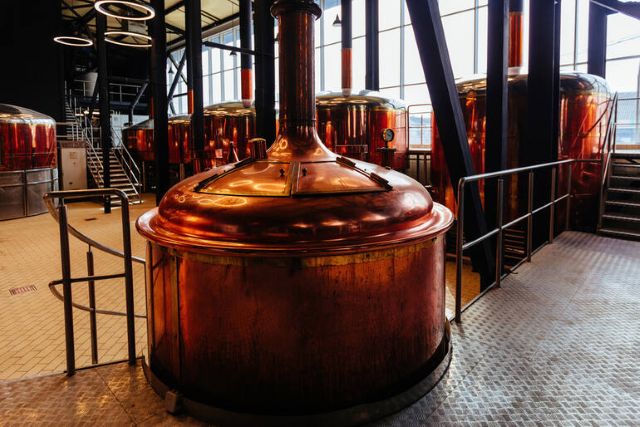
We all love beer. But if you have spent enough time in a brewhouse, you know brewing leaves a trail behind. Not every pound of malt or gallon of water ends up in a pint glass. Around 20% of the materials you use for brewing will never make it into the beer at all. That adds up to roughly 40 million tons of waste worldwide every year. And here is more: spent grain makes up about 85% of that waste. This is your largest by-product, in case you have a brewery.
Fortunately, the waste does not lack life. They are also converting beer into bread, snack bars, and even pasta. That is how to manage to get rid of some waste and produce the products that customers will be willing to repeat purchases. Let us have a closer examination of how this happens.
What Spent Grain Is (And Why You Have So Much)
Every brewer knows what is left in the mash tun after lautering. But let us spell it out. Spent grain is the leftover malt and husks after the sugars have been extracted for wort. It is packed with fiber, protein, and minerals, and it still carries a lot of flavor from the malt you selected.
Because it is wet, it is heavy. A single batch can leave you with hundreds of pounds. Multiply that by your weekly output, and you have a mountain on your hands. That volume makes spent grain the biggest food waste management challenge breweries face. But before you write off all that grain as waste, consider what it brings to the table.
Why Spent Grain Is Perfect For Bread & Bars
Here’s what most brewers miss: this leftover grain is still a valuable ingredient.
- Texture – Adds a hearty chew to bread and a rich crunch to snack bars
- Flavor – The malty, nutty character gives baked goods depth you will not get from plain flour
- Nutrition – High in protein and fiber and low in sugar.
You would not use spent grain on its own. But when you blend it with regular flour, you get a product that is satisfying and memorable. And here is the beauty of it. You already chose that malt for the beer’s flavor profile, which some might call the beer’s misunderstood flavor. That same character now shows up in a loaf or bar with your brewery’s name on it.
Spent Grain Myths Every Brewer Should Forget
Despite these benefits, several misconceptions keep brewers from trying this approach. Let us clear a few things up.
Myth 1: It is only good for animal feed.
If it is handled properly and processed quickly, spent grain is fit for human consumption.
Myth 2: It is too wet to use.
Yes, it is damp when it comes out of the tun. But you can dry it with heat, dehydrate it, or just bake it right away.
Myth 3: No one wants beer bread.
The flavor is versatile. It can be subtle in a soft roll or bold in a dark rye. You’re not trying to make beer-flavored bread; you’re capturing the malt character that already made your beer special.
Speaking of wet grain, water management plays a huge role in how valuable your spent grain ends up being. The way breweries handle moisture levels can decide whether that grain is ready for baking, farming, or other upcycling projects.
Why Good Water Management Improves Grain Quality
Water waste is a quieter issue, but it is tied directly to your grain quality.
Efficient breweries use about 2 to 4 gallons of water for every gallon of beer produced. Poorly managed processes can generate over 15 gallons of wastewater per gallon of beer. That is money down the drain, and it leaves you with grain that is soggier and harder to work with.
Keeping your water use in check means:
- Less excess moisture in the spent grain
- Easier drying or milling
- Better storage if you are not using it immediately.
Good water discipline does not just save costs. It sets you up for better byproduct reuse. Once you’ve got your water use dialed in, the actual process of turning grain into food is surprisingly straightforward.
From Mash Tun To Bakery In A Few Simple Steps
You have lautered the mash, and the mash tun has reached near enough a completion or drawing off. Steam is still looming in the air. The grain is buttered, warm, oleaginous, and clammy. You shovel it into bins, and you roll it in the kitchen, instead of rolling it out back to the pickup.
You may sprinkle the grain on trays to dry. It may get run in a mill. Anyway, it is now available to be mixed with flour, sugar, butter, or whatever the recipe incorporates. At the end of the day, you have a new product, a fresh batch of bread in the tap room, or a tray of cooling bars. It is easy to do, although the outcome varies greatly depending on the kind of grain that one begins with.
How Malt Type Shapes The Taste Of Baked Goods
If you are a brewer, you already think in terms of malt profiles. The same thinking applies here.
- Pale malts – Mild and slightly sweet. Great for sandwich loaves or soft rolls
- Vienna or Munich malts – Rich and toasty. Perfect in pretzels or crackers
- Roasted barley – Dark, bold, and slightly bitter. Excellent for brownies or dark bread
Think pairing. If a stout pairs with chocolate, then the stout’s spent grain works beautifully in chocolate-based snacks. If a crisp lager pairs with pretzels, that grain will shine in a pretzel dough.
Retail Ideas For Spent Grain Foods
Byproducts become more than a sustainability talking point when you put them in front of customers.
In the taproom
- Bread served with cheese boards
- Grain bars alongside a tasting flight
- Seasonal baked goods using grain from limited releases
Out In The community
- Partner with local bakeries to feature your grain in their products
- Sell packaged bread mixes or snack bars with your branding
- Bring goods to farmers’ markets or local food festivals
Beyond cutting waste, you’re putting your brewery’s story into people’s everyday meals.
Using Every Part of The Brew
Your customers already believe in your ingredients; that’s why they reach for your beer in the first place. So when hundreds of pounds of those same premium malts stack up after a brew day, it makes sense to let them shine again. Try drying a small batch and working it into a pretzel special for the taproom. If guests start asking how you made them, you’ll know you’ve struck gold. Soon enough, grain bars, loaves, or snacks could be moving across the counter with the same energy as your freshest pour, complete with the storytelling and essential beer terms that connect the craft to the experience.

